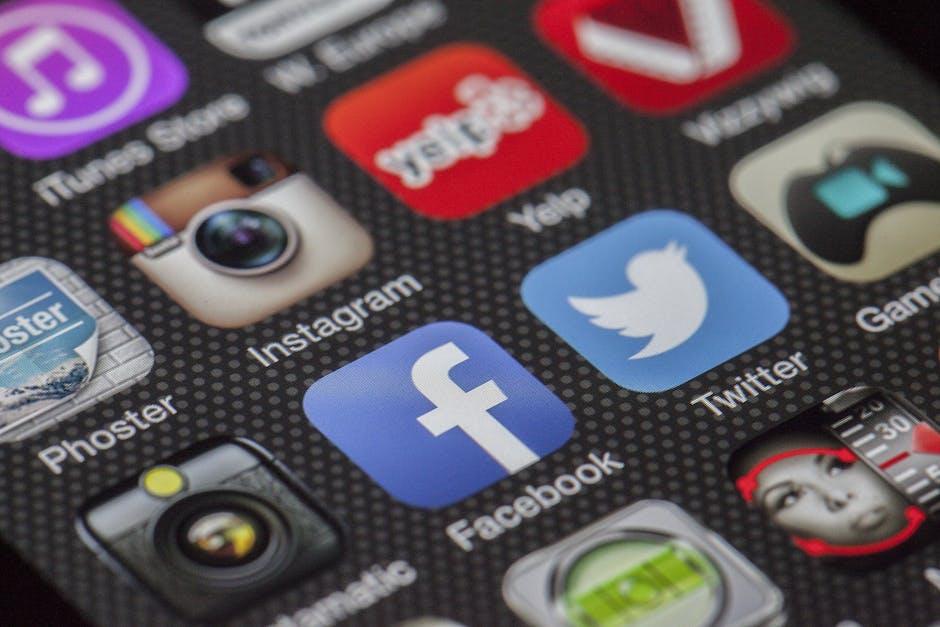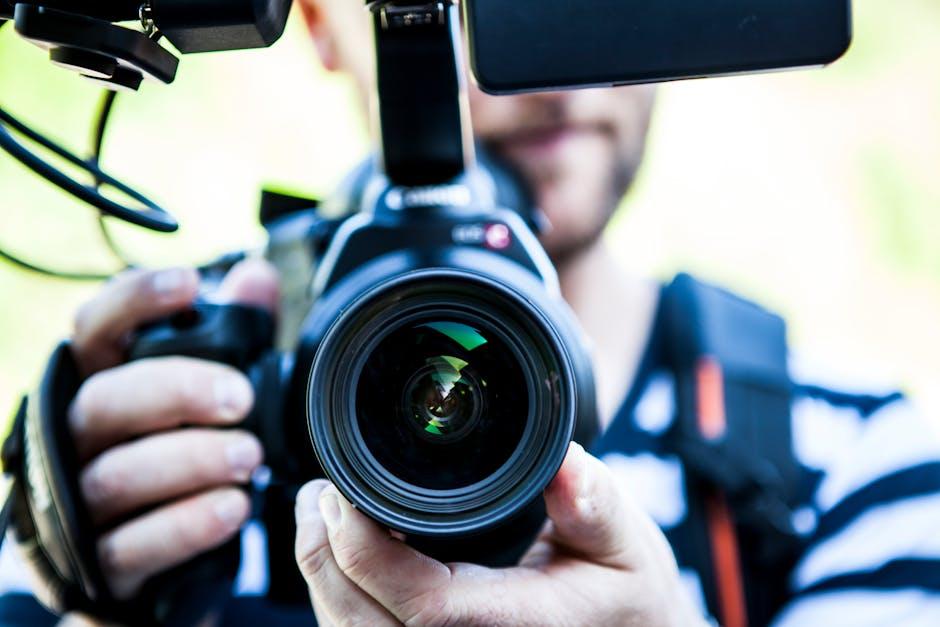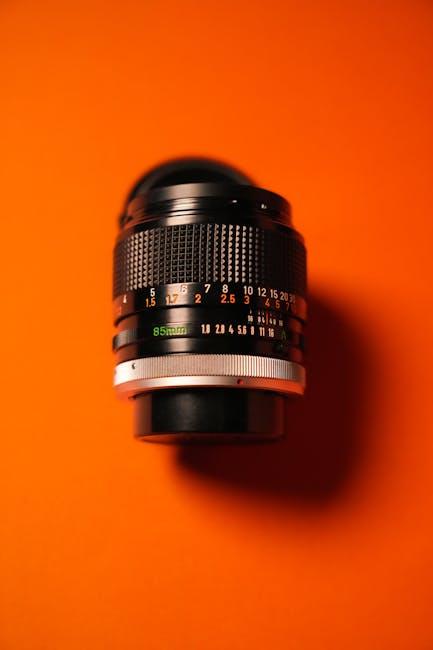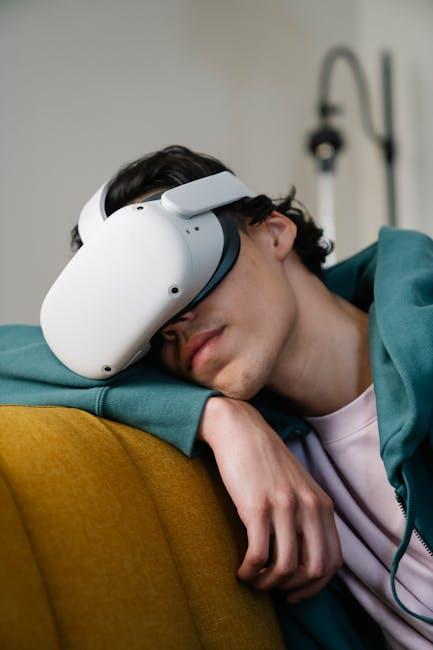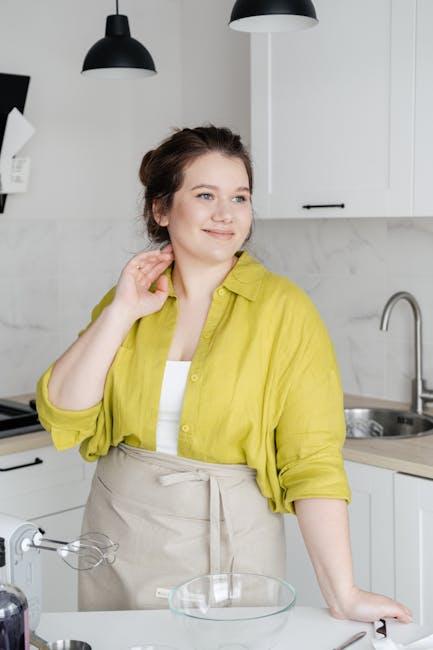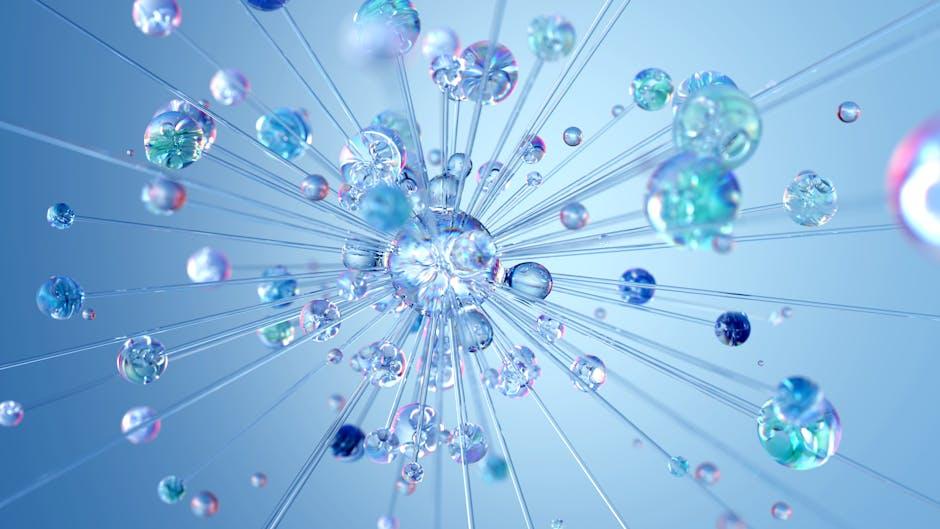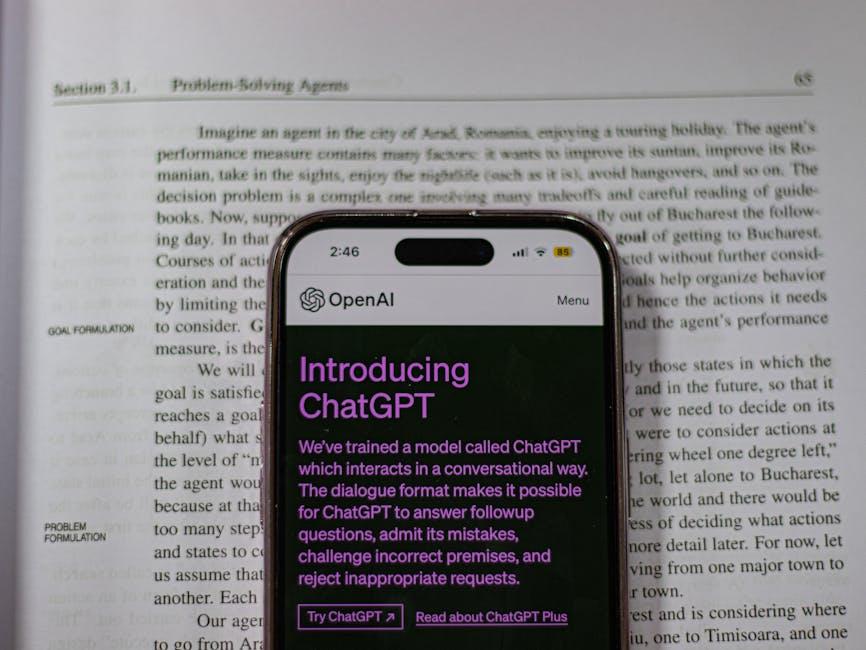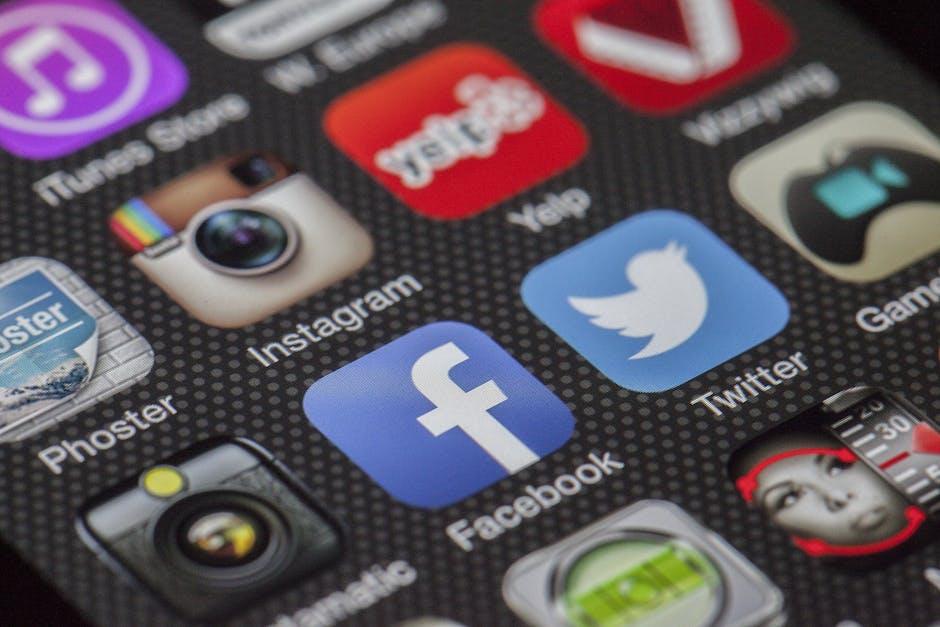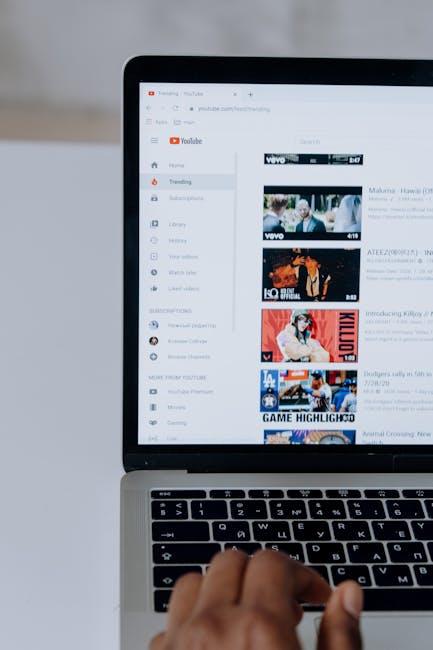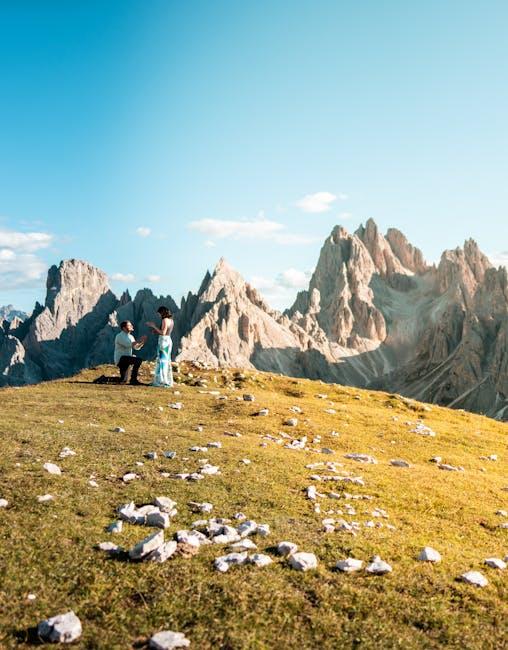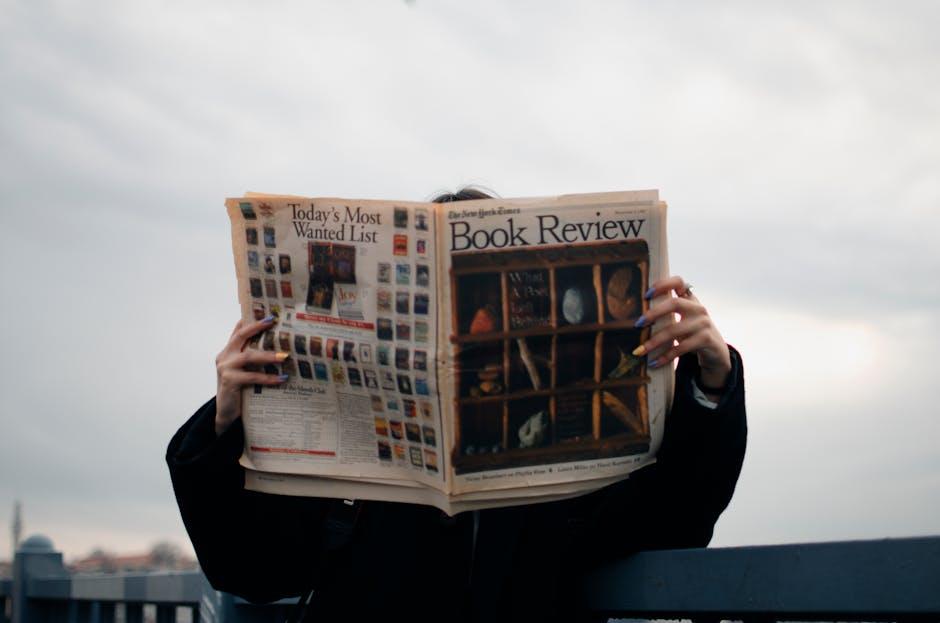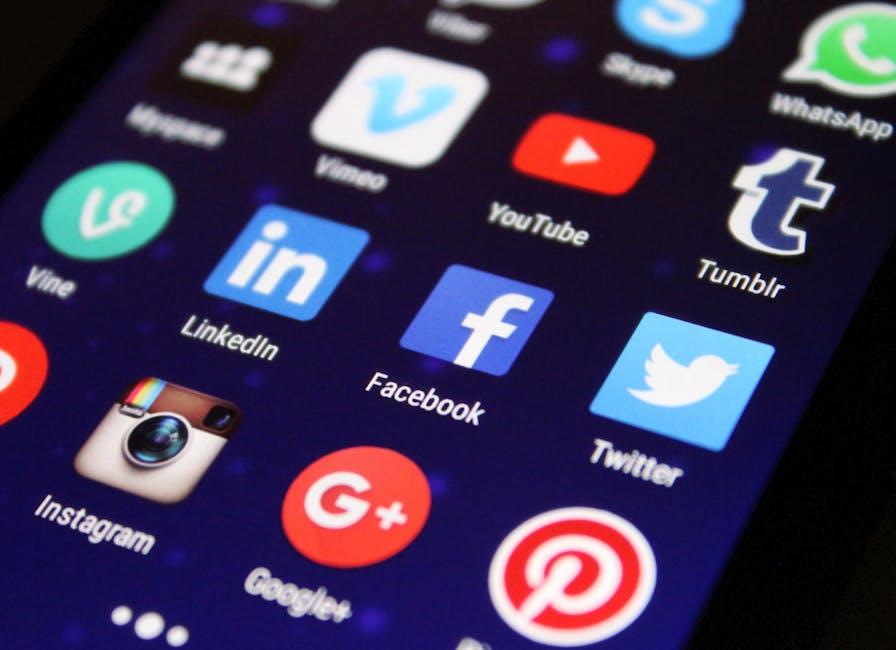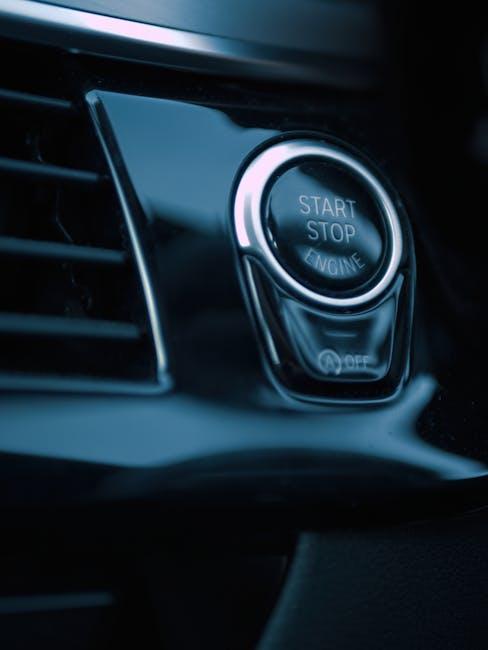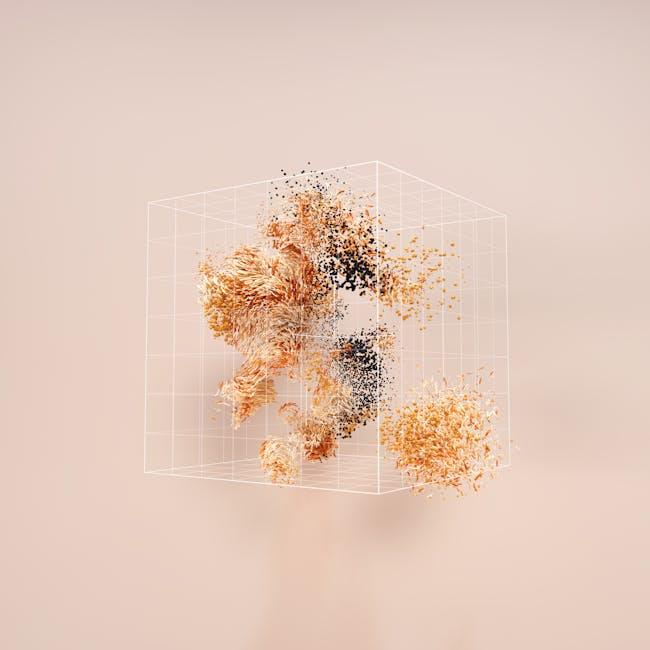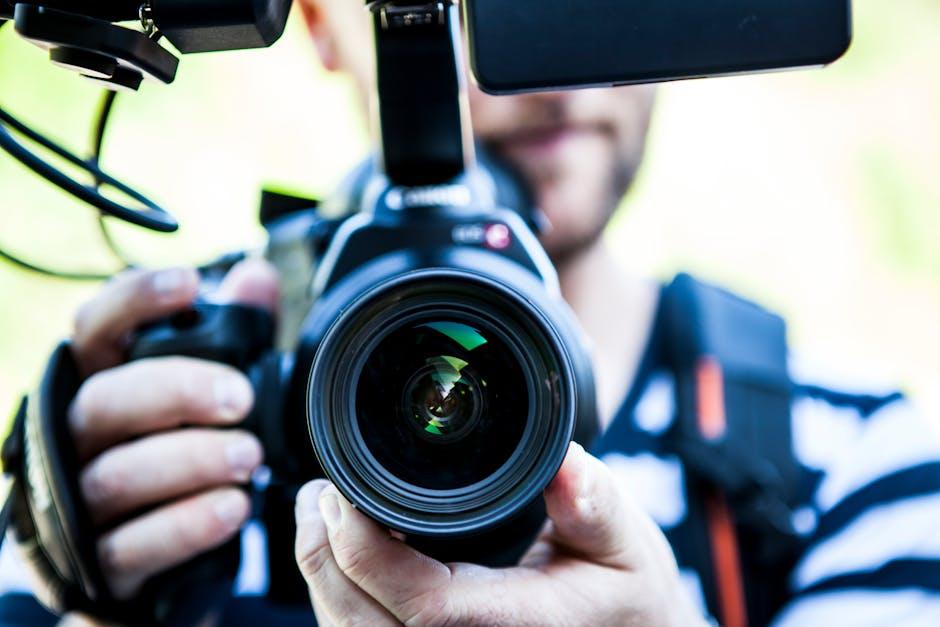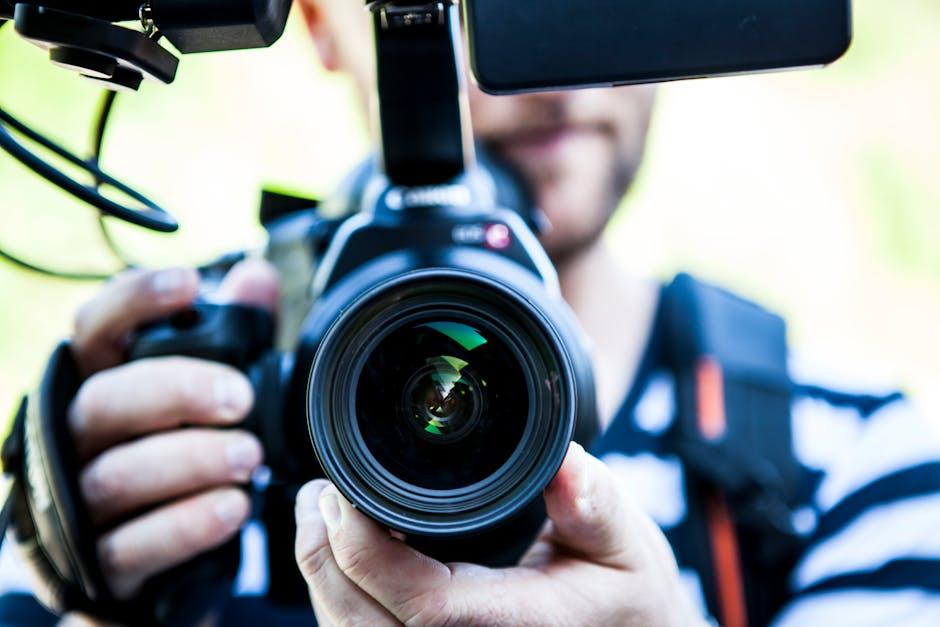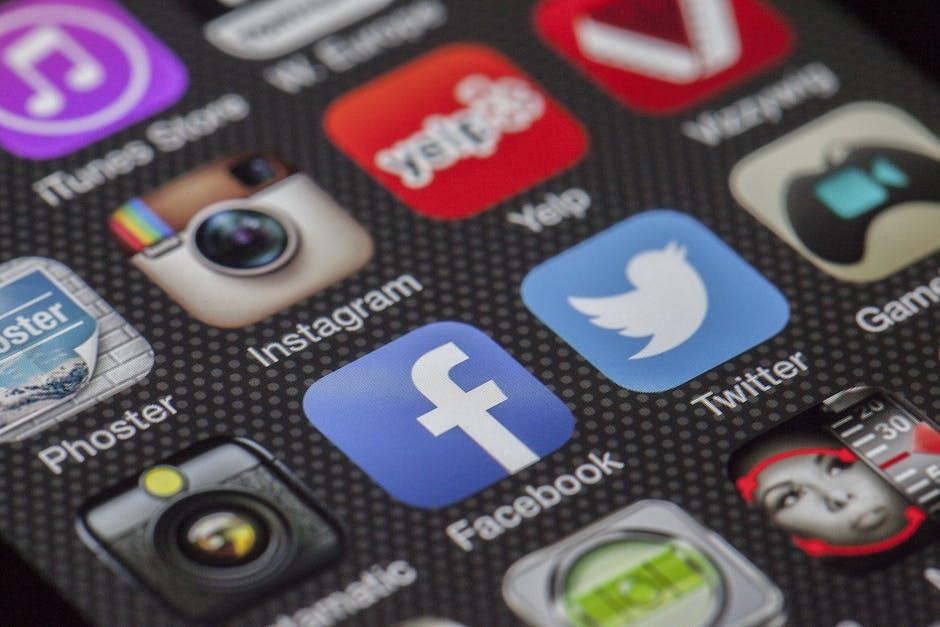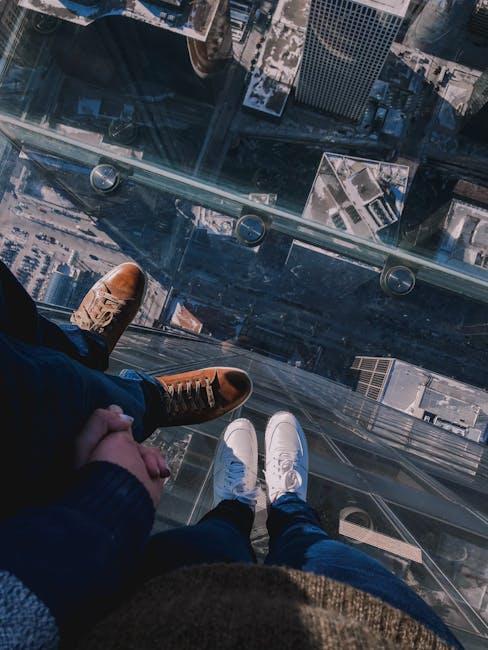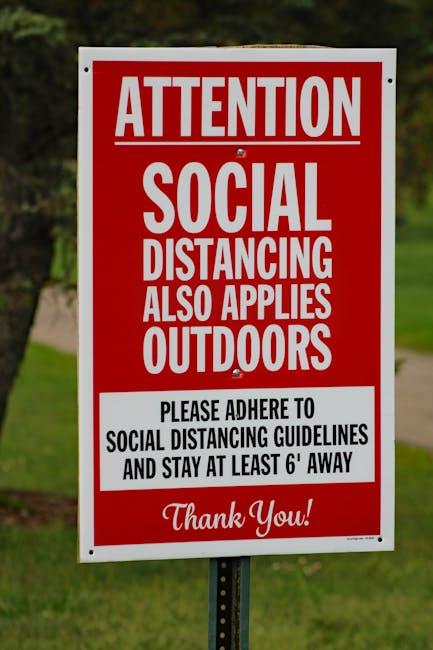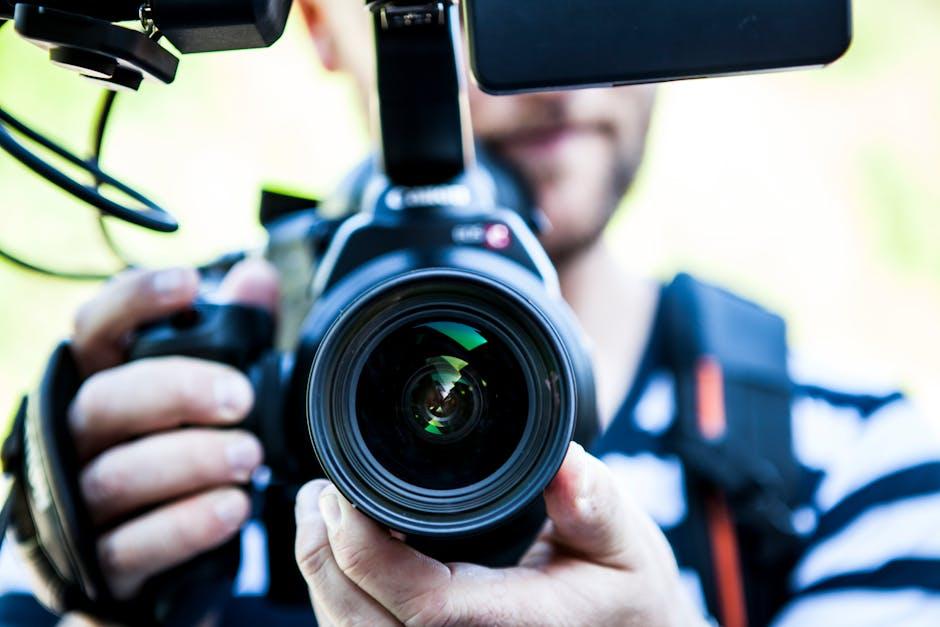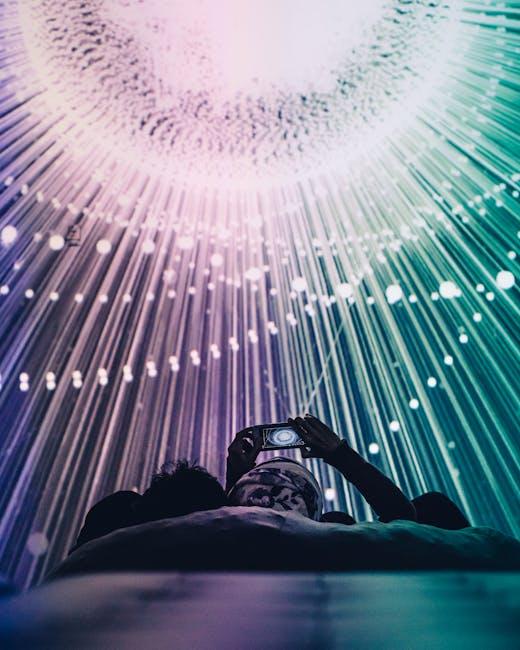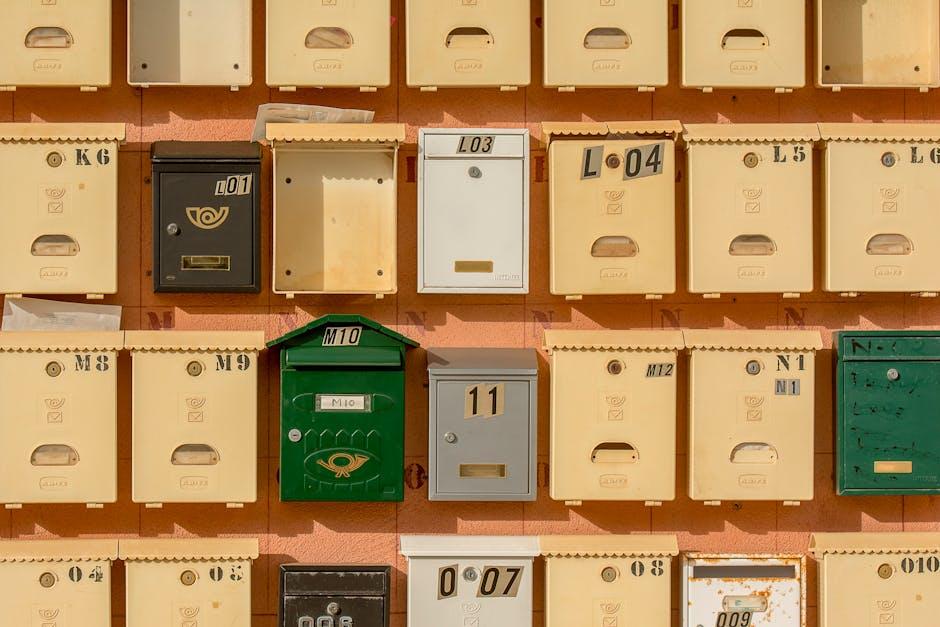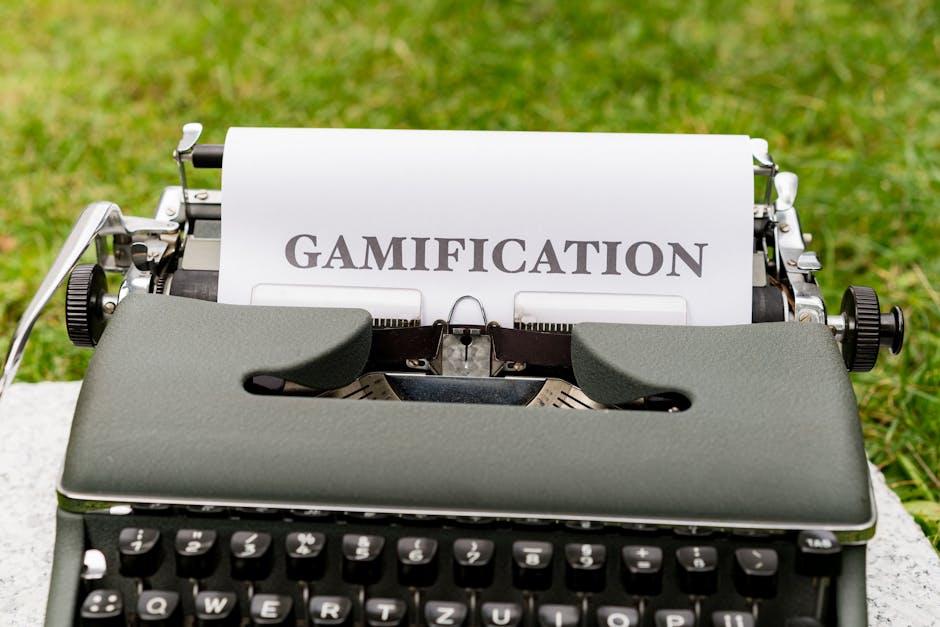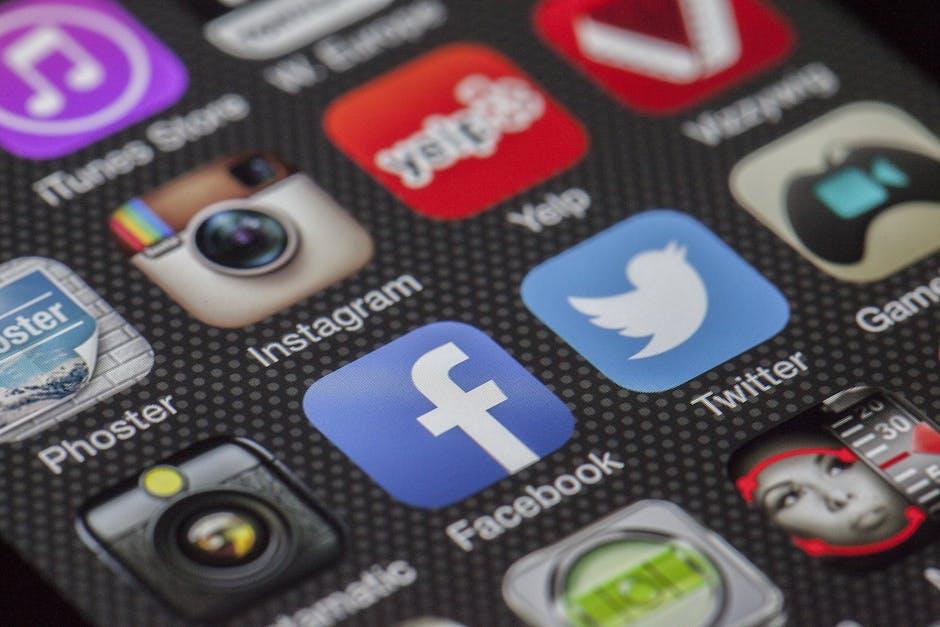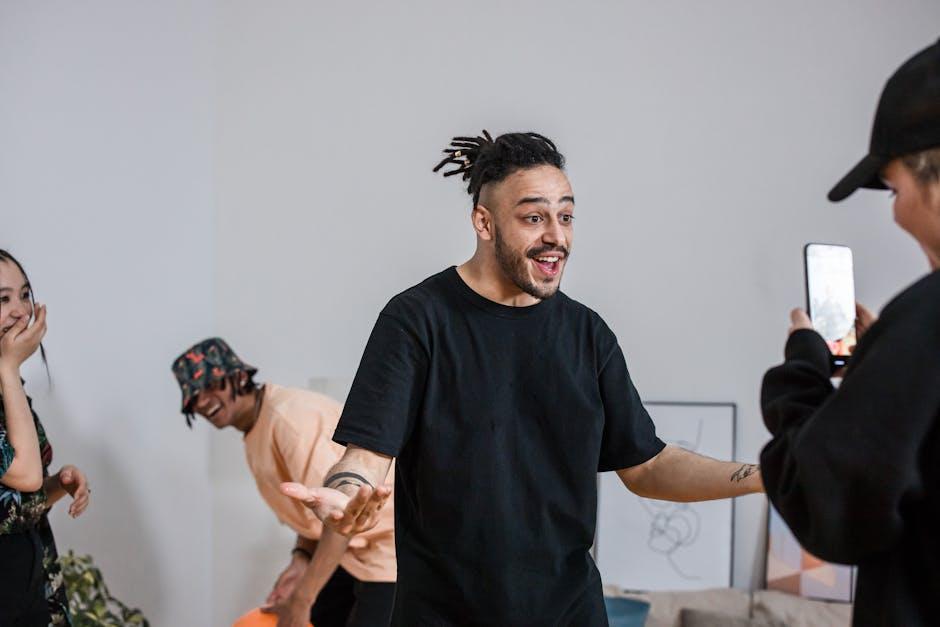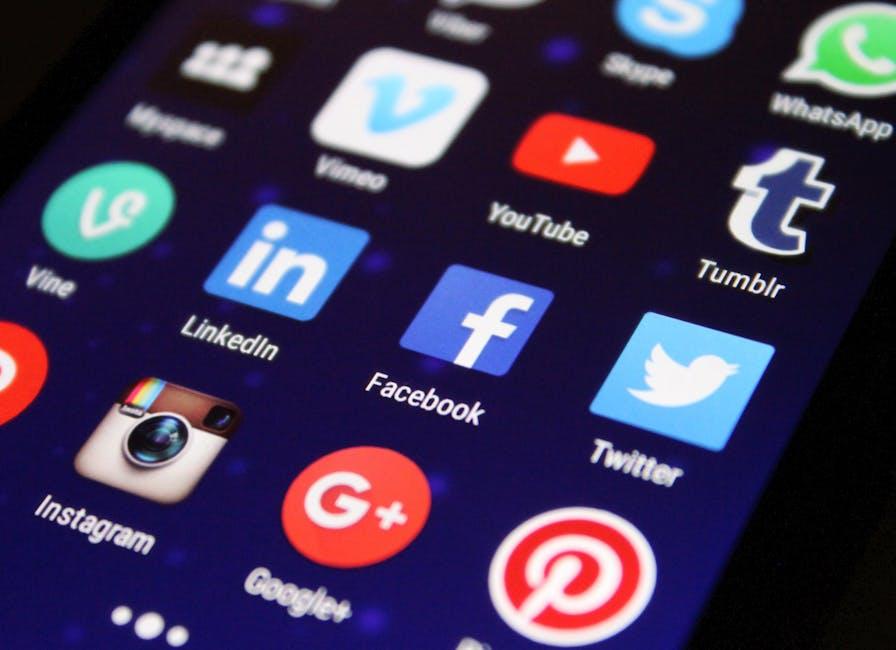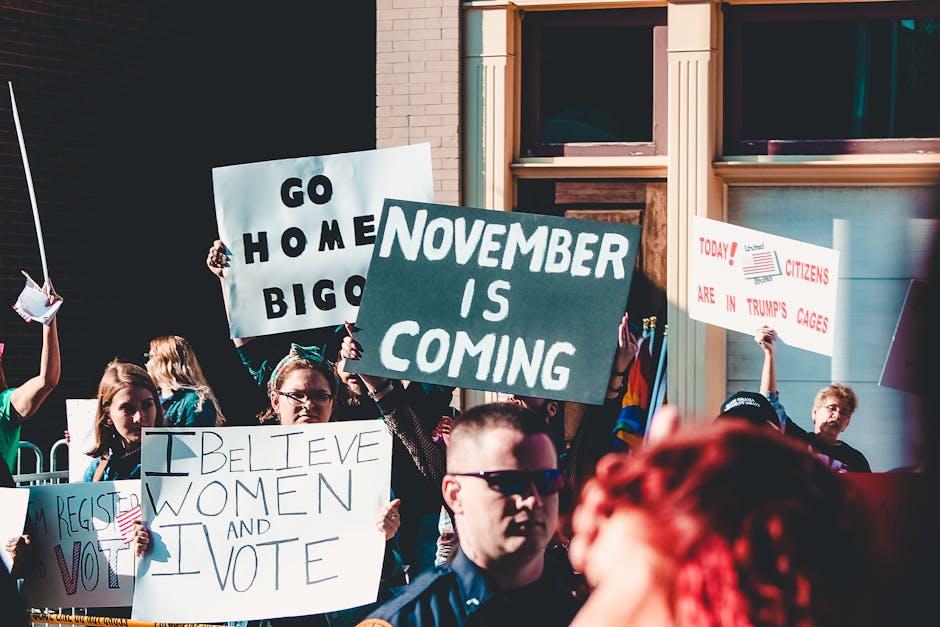YouTube just flipped the script, and oh boy, did it change the game overnight! Imagine waking up one morning, checking your favorite creator’s channel, and seeing their short videos skyrocketing in views from one hour to the next. Well, that’s exactly what happened after YouTube tweaked the formula for calculating views on this increasingly popular feature. It’s like someone threw open the floodgates, and instead of just trickling in, views started pouring in at a jaw-dropping rate—like water from a fire hose! From the smallest channels to the giants, everyone felt the impact. But while the numbers shot up, there’s a catch that’s got creators chatting like crazy. So, grab a cup of coffee, because we’re diving into how this update has everyone feeling a mix of excitement and confusion, and what it really means for the future of content creation. Buckle up; it’s about to get interesting!
Understanding the Surge: How YouTubes New Shorts View Calculation Revolutionized Engagement
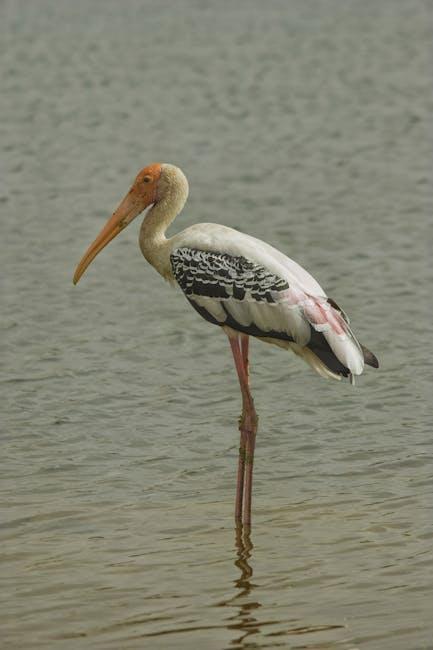
YouTube’s recent update on shorts views calculation has sent shockwaves through the creator community, sparking engagement like never before. Imagine waking up one morning to find that your channel’s views have skyrocketed from 2,700 to 4,800 in just a single hour—that’s a staggering 77% boost! For the entire day on March 31, channels like Vid IQ saw their shorts views soar from 73,000 to over 123,000. It’s as if YouTube threw a surprise party for creators, giving them a chance to bask in the glow of increased visibility without even releasing new content. It’s not just the big channels feeling the love; even smaller creators are noting significant spikes in their engagement, making everyone feel like they’re riding a wave of newfound success.
However, this surge comes with a twist that can leave creators scratching their heads. The introduction of engaged shorts views means that while total views may have jumped, the metric that counts for partner program eligibility and ad revenue sharing hasn’t necessarily kept pace. In layman’s terms, more views don’t always mean more money. Engaged views require viewers to watch a short for a certain duration, unlike the basic view metric. So, while the numbers may look rosy, the reality is that revenue might not reflect that growth. This can lead to a lot of creators feeling misled or confused about their actual earnings. It’s a classic case of increased visibility paired with the need to dig deeper for actual engagement metrics. Talk about a double-edged sword!
The Metrics That Matter: Differentiating Between Standard and Engaged Views
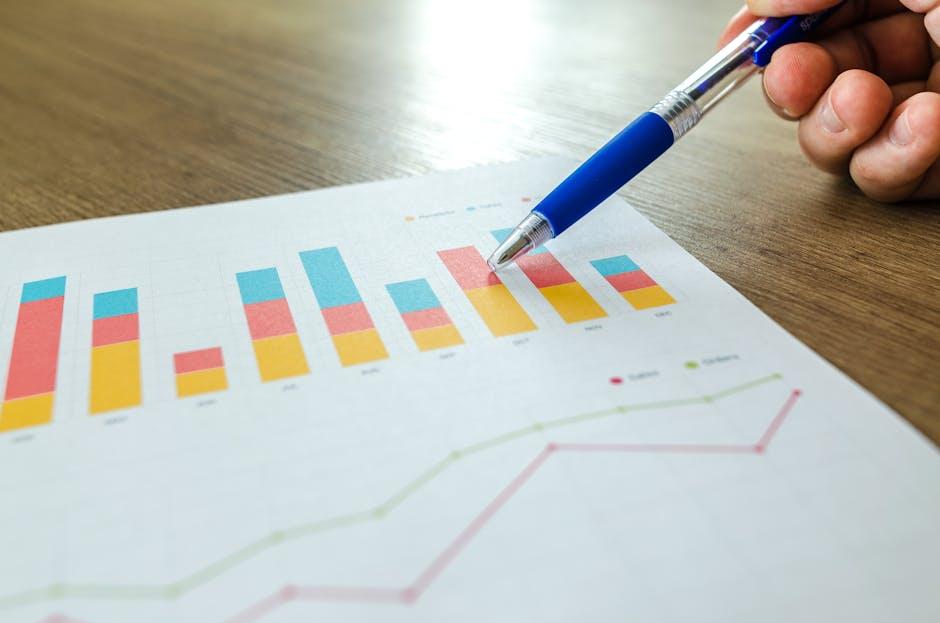
In the aftermath of YouTube’s recent update, the distinction between standard views and engaged views has never been more crucial. Standard views, which count anyone who has clicked on your short, can often mislead you into thinking your content is performing better than it actually is. For instance, you might celebrate a sudden spike in views, much like the 77% jump seen overnight from March 30th to 31st, but that increase might not reflect genuine engagement. Engaged views, on the other hand, are a different beast altogether; they only count the views where the viewer has actually watched your short for a significant duration. So, while your view count might soar, if your engaged views remain stagnant, it’s like throwing a party where no one stays to enjoy the fun!
The implications for creators, especially those eyeing monetization, are profound. With YouTube’s algorithm focusing increasingly on engaged views for revenue sharing, many will find themselves in a tug-of-war with their stats. For example, imagine getting 123,891 views in a single day, yet your engaged views barely shift. It’s as if you’re pouring your heart into a recipe but realizing no one is sticking around to taste the dish! As the threshold for what counts toward monetization remains tied to engaged views, this newfound metric will force many creators to rethink their content strategies. It’s a double-edged sword; while it may feel great to see those huge numbers, you can’t overlook the reality that the deeper connection with your audience truly defines your success on the platform.
What This Means for Creators: Navigating the Impact on Revenue and Monetization

Creators are buzzing about the newfound spurt in YouTube Shorts views, with many celebrating the apparent boost in visibility. But hold on—what does it really mean for revenue and monetization? While it’s exhilarating to see those views skyrocket, the reality is a bit more sobering. The crucial metric, engaged views, remains unchanged, playing a pivotal role in determining your eligibility for monetization. For instance, take the numbers from the Vid IQ channel—an uptick in total views from 73,000 to 123,891 sounds fantastic, but if engaged views don’t see a similar leap, that surge in visibility doesn’t translate to a bump in earnings.
This shift could leave many creators scratching their heads when they realize that, despite having more eyeballs on their content, their ad revenue isn’t reflecting that growth. Even with everything from big channels to newcomers getting noticeable spikes in views, it’s essential to remember that YouTube’s partner program bases payouts on engaged views. This could lead to some awkward conversations with customer support as creators might feel misled, thinking they’ve hit monetization milestones. So, how do you navigate this? Focus on creating compelling content that retains viewer attention; after all, a high number of engaged views is what will ultimately fuel your earnings. In this game, it’s quality that still counts more than quantity.
Riding the Wave: Strategies for Leveraging Increased Views to Build Your Channel
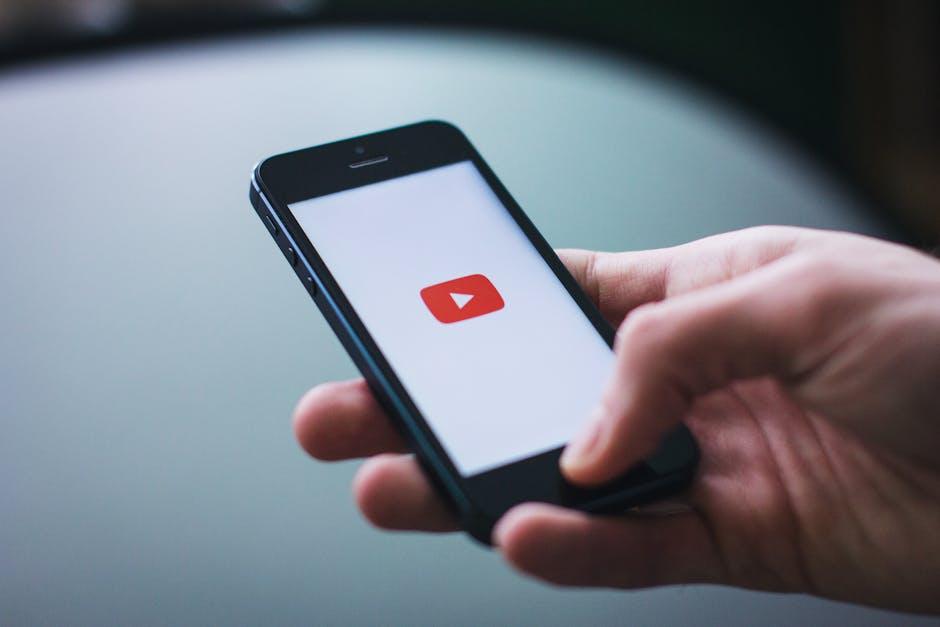
With the recent adjustments to how YouTube calculates Shorts views, it’s the perfect time to ride the wave of increased visibility and transform those views into channel growth. Here’s the scoop: you want to take advantage of the bump in views to engage your audience like never before. Consider these strategies:
- Boost Engagement: Create compelling content that encourages viewers to comment and share. Ask questions or spark discussions in your Shorts to foster a community vibe.
- Utilize Cross-Promotion: Use your boosted visibility to drive attention to your longer videos or playlists. Remember, it’s about getting viewers hooked on your overall brand, not just individual pieces.
- Analyze Your Insights: Keep a close eye on your analytics. Track which Shorts are performing best and explore the common threads—was it the topic, the editing style, or the timing?
The beauty of this change lies not just in increased numbers, but in how you interact with your audience. Leverage that influx of views by crafting tailored call-to-actions. Make your followers feel like they’re part of your journey—invite them into the creation process, ask for their feedback, or even let them vote on upcoming content. The shifting landscape on YouTube provides a unique opportunity to build stronger connections, making your channel not just a source of entertainment but a community hub. Capitalize on this moment and turn those views into lasting relationships!
The Conclusion
And there you have it! YouTube has thrown a fresh curveball into the mix, and it’s one that’s bound to spark plenty of conversations among creators. The huge uptick in shorts views is both exciting and perplexing, right? But while it feels like everyone’s riding a wave of newfound success, let’s keep our eyes peeled on the prize: engaged views. After all, that’s where the real action lies when it comes to revenue and monetization.
This update might just light a fire under smaller channels, giving them that boost they’ve been craving, but it also comes with its fair share of confusion and potential hurdles. Think of it like a double-edged sword. Sure, getting more views feels fantastic, but if those views don’t translate into more cash in your pocket, it can be a bit of a letdown.
So, as we all navigate these changes, it’s crucial to stay informed and keep questioning how these shifts affect your strategy moving forward. What’s your take on this new YouTube landscape? Are you feeling motivated or a little overwhelmed? Share your thoughts! Engaging in these conversations not only helps us all understand the terrain but can also lead to tips and tricks that boost our channels even further.
Thanks for hanging out and diving into this rollercoaster ride of updates with me! Whatever happens next, keep creating, keep analyzing, and remember that the journey is just as important as the destination. Happy creating! ✌️

